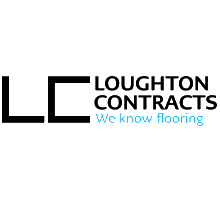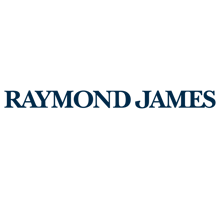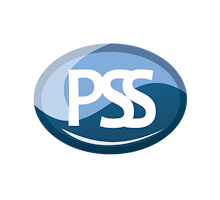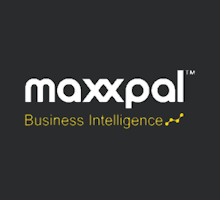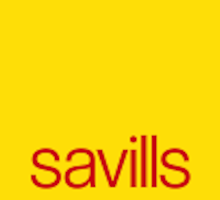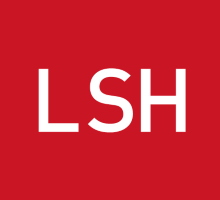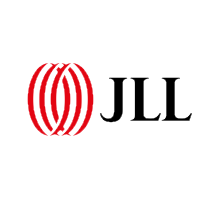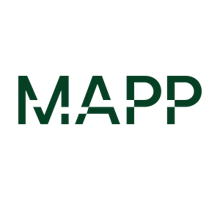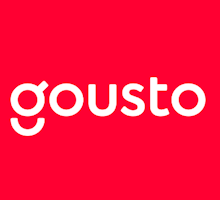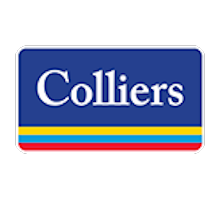A Disaster Recovery Plan doesn’t just help overcome a crisis. It also plays an essential role in conveying to stakeholders that your organisation has the ability to handle anything unforeseen that comes along. It can even have the power to help you win clients, instilling confidence and enhancing your competitive edge.
Without a plan in place, there’s serious potential for suffering significant reputational and financial damage. Even minor incidents could escalate into catastrophic losses. Downtime, loss of goodwill and missed opportunities are all real risks. But recovery times are much improved when there’s a strategy to follow.
Putting a Disaster Recovery Plan in place is no overnight process. With so much riding on its effectiveness, it’s always going to involve a great deal of effort and input. Some organisations bring in a consultant to help them formulate their strategy. So there’s often a cost involved too.
The plan will list hugely important information that needs to be readily on hand for relevant personnel to use in the event of an emergency. Key contact numbers. Passwords. Critical data locations and access instructions.
So naturally, with all this in mind, you’re going to want to make this plan available to everyone who needs it. Aren’t you?
The fact is that many businesses plough a great deal of time and effort into formulating their Disaster Recovery Plan, only to print it out and relegate it to a filing cabinet in the doldrums of a dusty corner.
In way too many organisations, there is only a single person who knows where to find the plan. And that’s really dangerous.
What if a disaster occurred and that person was off sick? Away on holiday and uncontactable? No one knows what to do, because the instructions are all in the plan which no one can locate.
And there’s your argument for digitalising your Disaster Recovery Plan.
How to make your Disaster Recovery Plan readily available
There really is no need to print your business continuity and disaster recovery strategy. It’s easy to create a digital version, and you get to save a fair whack of paper and ink in the process.
But if you’re going to hide that digital version in the depths of a folder hierarchy somewhere on a drive, paper waste avoidance aside, it’s pretty much just as much a crime as stashing it in a filing cabinet in that dusty corner.
What you need to do is make that digital Disaster Recovery Plan readily available to those with the responsibility of taking charge in an emergency. And the best way to do that is by creating a QR code.
Print the QR code, paste it up in prominent locations around the premises, and then anyone who needs it can simply scan it with their smartphone and view the information they need to help avert a disaster.
QR codes - the benefits of digital Disaster Recovery Plans
There are numerous benefits to putting your Disaster Recovery Plan behind a QR code. Aside from avoiding paper waste and making the plan openly accessible at all times, you’re also able to password protect it, so only the right people can view your sensitive information.
Other benefits of using QR codes to share your Disaster Recovery Plan include:
Quicker and more secure
It’s so much easier to browse digital documents, and a lot quicker to find the key information you need in a hurry.
Your plan is more secure in this format too, with forgeries, loss or unauthorised access associated with paper copies all removed from the equation.
Easily updatable
Because QR codes are dynamic, every time your plan needs to be updated, the new version simply overrides the existing digital copy.
So there’s no need to reprint, and no old version loitering about that could be mixed up with the current one.
Trackable
Every time someone scans a QR code, a record is created. So you can track who’s read the plan. You’ll never get that with a printed version.
And it’s not just Disaster Recovery Plans…
There’s so much that businesses are obligated by law to deliver in terms of official documentation. From health and safety paperwork to spec sheets, safety certificates and risk assessments, the list goes on. And all of it can be shared via QR codes.
All corporate documentation shared by QR codes is contactless, secure, readily accessible and easy to navigate. It’s a whole lot more environmentally friendly than printing too.
Share your Disaster Recovery Plan and other corporate documentation with a Bangl QR code
Ban.gl QR codes are dynamic, multilingual and customisable, and offer the advantage of password protection and simple, no-nonsense pricing.
Reducing paper waste is as important to our business as it is to yours. It’s why we’ve chosen to reward our customers by planting two trees on your behalf for every Bangl purchased.
Contact us to find out more how it works with Bangl QR codes for official documentation like Disaster Recovery Plans.


